Argentine Tango Steps
-
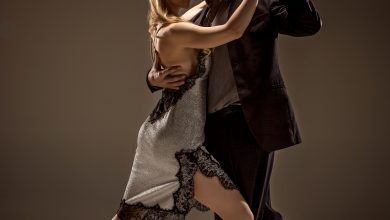
Walk and Salidas / Walking Systems
There are two walking systems in argentine tango: The Parallel system and the Cross system. Understanding the Parallel and Cross…
Read More » -

Argentine Tango Terminology
Argentine tango terminology obviously developed in Spanish not English. Tango dancers throughout the world use mostly Spanish terms for many…
Read More » -
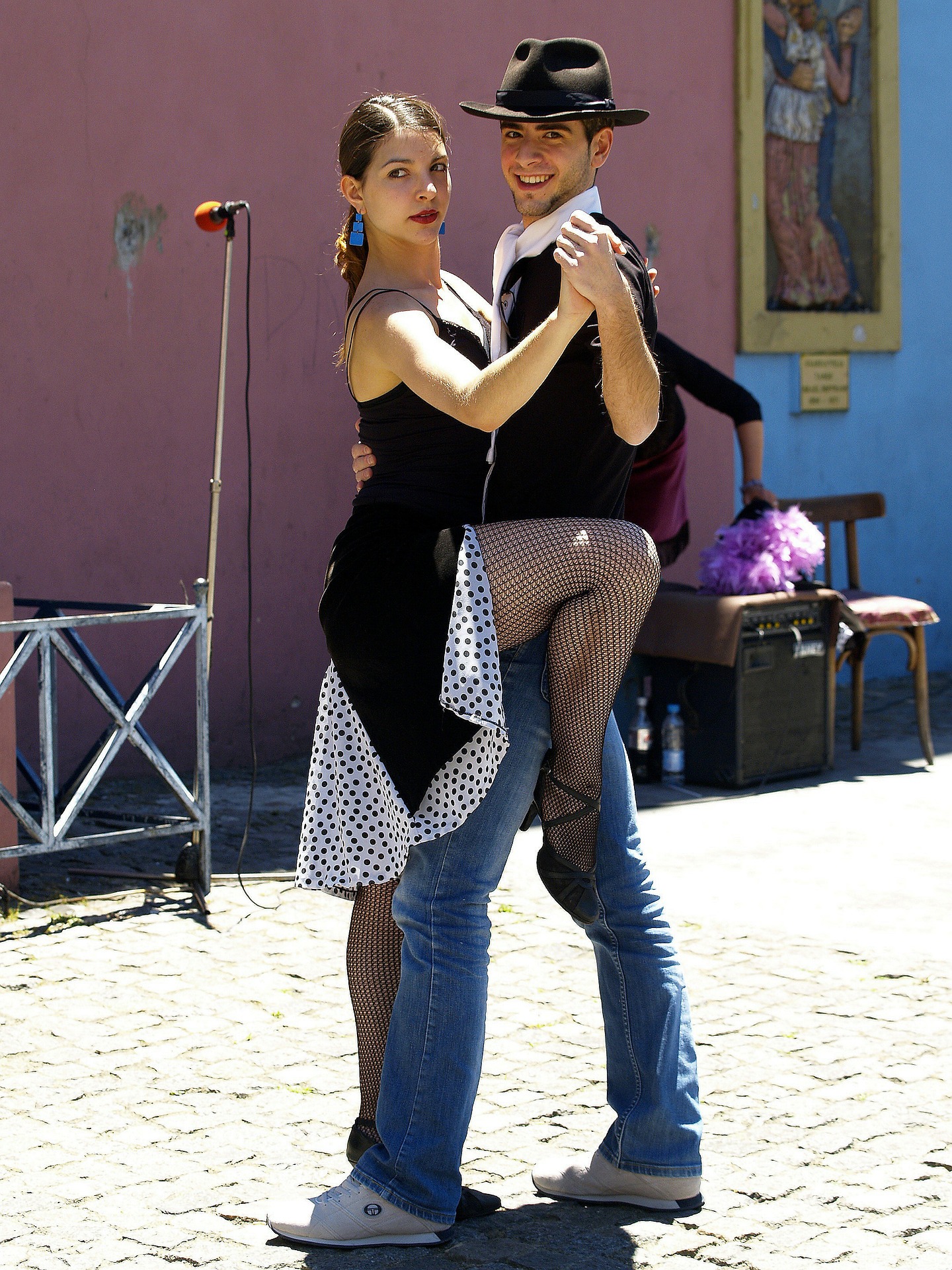
Paseo Enlezado
Paseo Enlezado The Paseo Elezado or Intertwined Step: Step 1 – Right Back by the leader, Step 2 – Left…
Read More » -
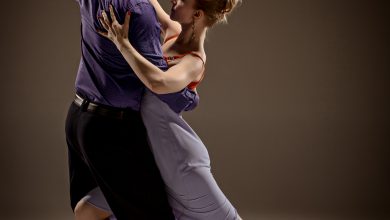
Argentine Tango Disassociation
Disassociation. The word ‘dissociate’ means “to break or cause to break the association between people, places, or things”. Disassociation in…
Read More » -

The Milonguero Turn
The Milonguero Turn was a very popular turn in Argentine Tango for almost 70 years however was largely supplanted when…
Read More » -

Giros (or Turns) or Molinete
There are 3 key terms to know when discussing Giros: The Giro (or turn)Contragiro which is a giro performed in the…
Read More » -
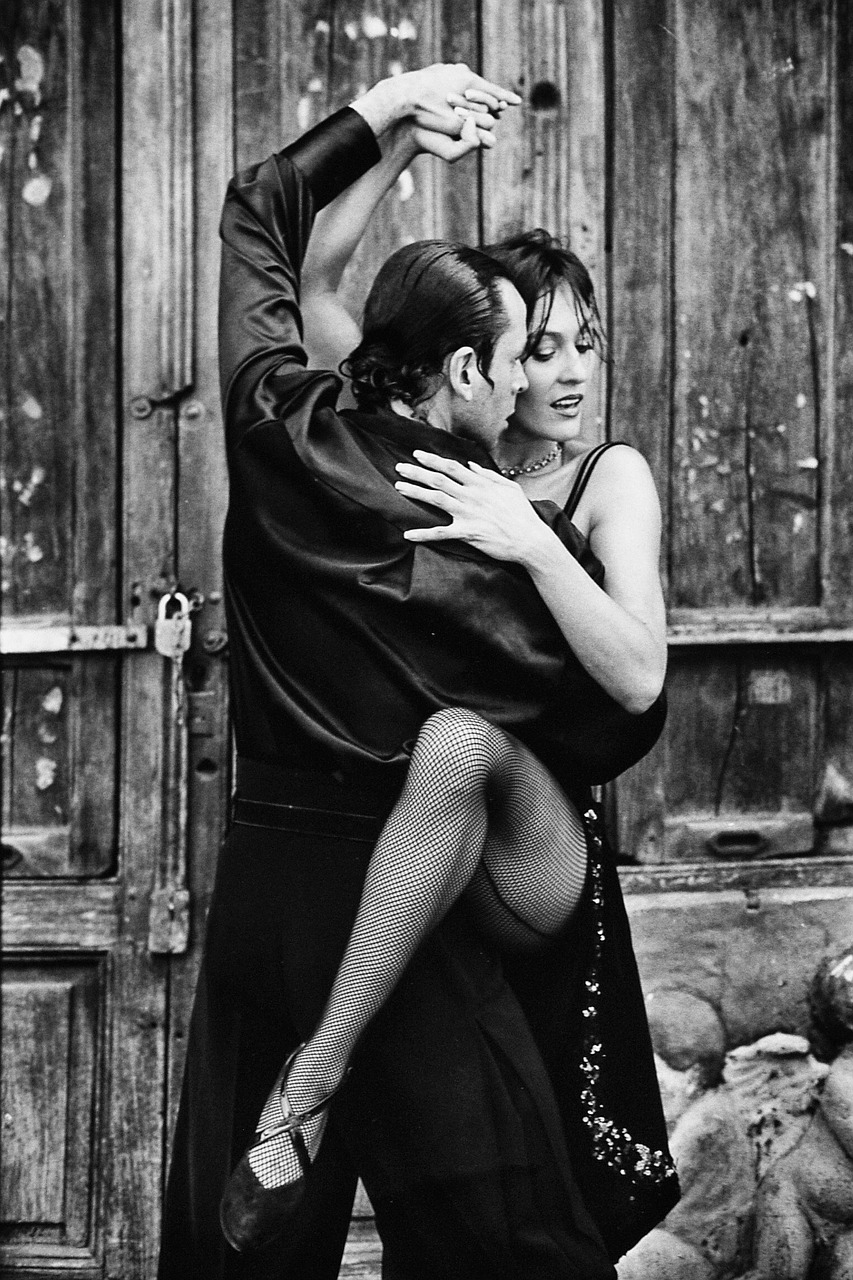
Planeos
Planeo pivot The planeo is a step used by the leader when he has stepped forward then pivots, tracing his…
Read More » -

Arrepentidas
Arrependitas are steps that are changes of direction, or rebounds, in which the leader stops the movement forward or backward…
Read More » -
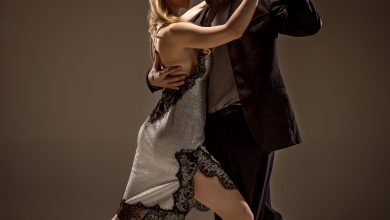
Corridas and Toquecitos
Corridas Corridas, or “runs” are a series of small, fast steps that can be taken moving forwards, backwards, or sideways.…
Read More » -
Gancho (or Hook)
The gancho is a tango embellishment executed by flexing and swinging the knee of the free leg, and swinging it…
Read More »
